Home>Furniture>Outdoor Furniture>How To Replace A Sliding Patio Door Lock
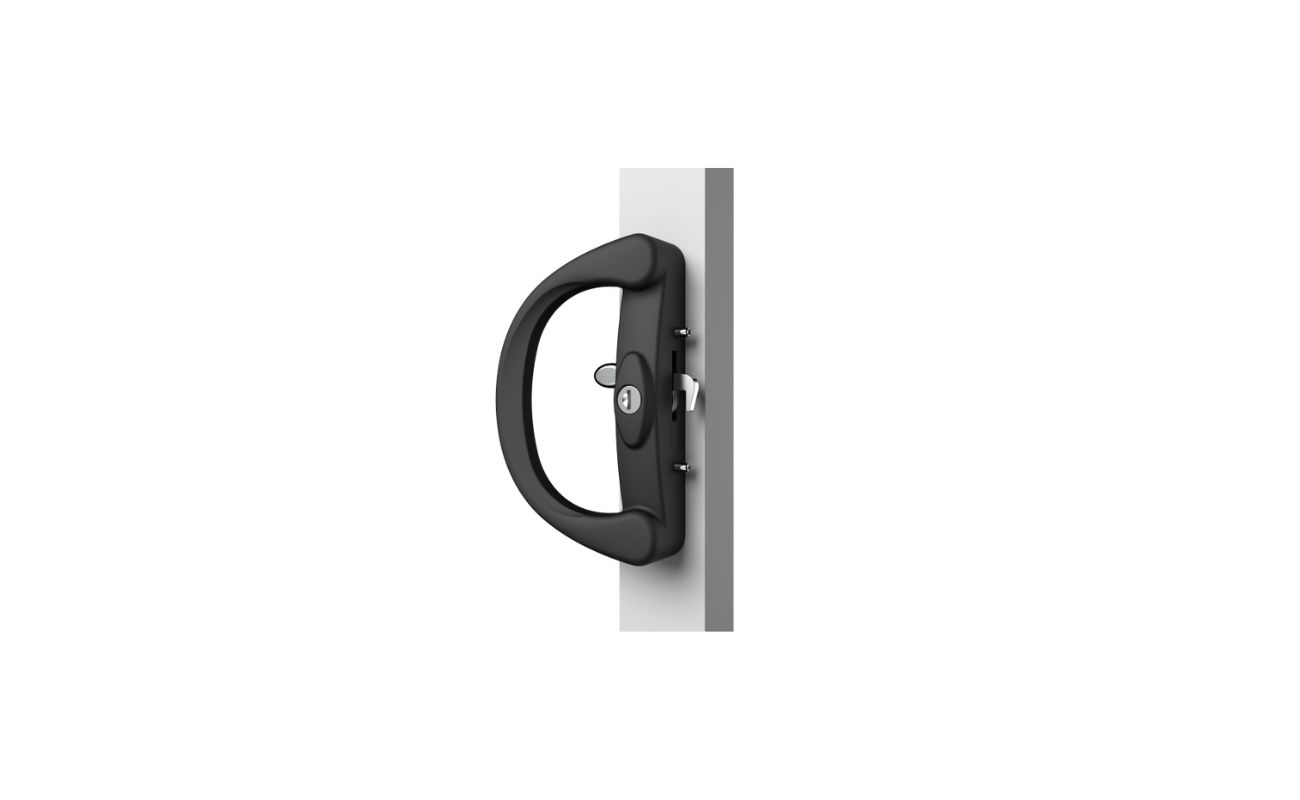

Outdoor Furniture
How To Replace A Sliding Patio Door Lock
Modified: March 7, 2024
Learn how to replace a sliding patio door lock with this step-by-step guide. Ensure the safety of your outdoor furniture with our easy-to-follow instructions.
(Many of the links in this article redirect to a specific reviewed product. Your purchase of these products through affiliate links helps to generate commission for Storables.com, at no extra cost. Learn more)
Introduction
Welcome to our guide on how to replace a sliding patio door lock. A sliding patio door provides easy access to your outdoor space while offering security for your home. Over time, the lock mechanism may become worn out or damaged, compromising the safety of your property. Thankfully, replacing a sliding patio door lock is a relatively simple task that you can easily accomplish on your own.
In this article, we will walk you through the step-by-step process of replacing a sliding patio door lock. We will provide you with a list of necessary tools and materials, guide you through the removal of the old lock, explain how to prepare the new lock for installation, and finally, show you how to install and test the new lock.
By following our instructions, you can ensure that your sliding patio door remains secure, giving you peace of mind and enhancing the overall functionality of your home.
So, let’s dive in and learn how to replace a sliding patio door lock!
Key Takeaways:
- Replacing a sliding patio door lock is a simple DIY task that enhances home security. Gather tools, remove the old lock, prepare and install the new one, and test its functionality for peace of mind.
- Thoroughly testing the new patio door lock ensures proper functionality. Regular maintenance and professional assistance, if needed, will help keep your home secure and your mind at ease.
Read more: How To Replace A Patio Door Lock
Step 1: Gather necessary tools and materials
Before you begin replacing a sliding patio door lock, it’s essential to gather all the necessary tools and materials. Having everything on hand will make the process smoother and save you time.
Here’s a list of tools and materials you’ll need:
- Screwdriver (Phillips or flathead, depending on the screws)
- Measuring tape
- New sliding patio door lock
- Replacement screws (if needed)
- Pen or marker
- Pliers (optional, but helpful)
- Hammer (optional, for minor adjustments)
Make sure to choose a sliding patio door lock that matches the dimensions of your existing lock. It’s a good idea to measure the dimensions of your current lock before purchasing a replacement to ensure a proper fit.
Once you have gathered all the necessary tools and materials, you’re ready to move on to the next step: removing the old patio door lock.
Step 2: Remove the old patio door lock
Now that you have your tools and materials ready, it’s time to remove the old patio door lock. Follow these steps to ensure a smooth removal process:
- Begin by closing and securing the sliding patio door. This will prevent any accidents or unwanted movements during the removal process.
- Locate the screws or bolts that are holding the old lock in place. They are usually located on the inside part of the door frame near the lock mechanism. Use your screwdriver to remove these screws or bolts.
- Once the screws or bolts have been removed, gently pull the old lock away from the door. Be cautious not to force it or damage the surrounding areas.
- If the lock is stuck or difficult to remove, you can use pliers to help loosen it. Grip the lock firmly with the pliers and gently twist it back and forth until it becomes loose enough to pull out.
- Once the old lock is fully removed, inspect the area for any debris or damage. Clean the surface if necessary, ensuring a smooth and clean installation for the new lock.
Removing the old lock is an important step in the process, as it allows for a clean slate and ensures that the new lock will fit properly. With the old lock removed, you can now move on to preparing the new patio door lock for installation.
Step 3: Prepare the new patio door lock
With the old patio door lock safely removed, it’s time to prepare the new lock for installation. Follow these steps to ensure a proper and secure fit:
- Take out the new patio door lock and familiarize yourself with its components. Read the manufacturer’s instructions, if available, to ensure you understand the specific installation requirements for your lock.
- Inspect the new lock and make sure that all the necessary parts are included. Check for any damages or missing pieces.
- If the new lock requires any plate or strike installation, place it in the appropriate position on the door frame. Use a pen or marker to mark the screw hole locations for later reference.
- Measure the dimensions of the lock to ensure it matches the existing hole in the door. If any adjustments need to be made, use a hammer or chisel to trim the area appropriately. Be cautious and make incremental adjustments to avoid removing too much material.
- Check the alignment of the lock by temporarily placing it in the hole. Ensure that it lines up properly with the strike plate and functions smoothly.
- If necessary, install any additional hardware included with the new lock, such as a latch or handle. Follow the manufacturer’s instructions for proper installation.
Preparing the new patio door lock is crucial to ensure a seamless installation process. By checking all the components, measuring, and making any necessary adjustments, you can guarantee a secure and functional fit for your new lock.
Now that the new lock is prepared, it’s time to move on to the next step: installing the new patio door lock.
When replacing a sliding patio door lock, make sure to measure the existing lock and purchase a replacement of the same size. It’s important to follow the manufacturer’s instructions for installation to ensure proper function and security.
Step 4: Install the new patio door lock
With the new patio door lock prepared, it’s time to install it. Follow these steps to ensure a proper and secure installation:
- Place the new lock into the prepared hole on the door. Make sure it is aligned correctly and fits snugly.
- Insert the screws provided with the new lock into the screw holes. Use a screwdriver to tighten them securely. Be careful not to overtighten, as it can cause damage to the lock or door.
- If additional plates or strike plates are required, position them according to the markings made in step 3. Insert the screws and tighten them securely.
- Test the lock by sliding the door open and closed. Ensure that the lock engages and disengages smoothly. Check that the latch properly aligns with the strike plate when the door is closed.
- If adjustments are needed, such as the alignment of the lock or strike plate, loosen the screws slightly and make the necessary changes. Retighten the screws once the adjustments are complete.
Installing the new patio door lock is the pivotal moment when your door security is restored. Take your time to ensure everything fits properly, and the lock functions smoothly. With the new lock securely in place, it’s time to move on to the final step: testing the new patio door lock.
Step 5: Test the new patio door lock
After installing the new patio door lock, it’s crucial to test its functionality to ensure it’s working properly. Follow these steps to thoroughly test the new lock:
- Carefully slide the patio door open and close it a few times to make sure it moves smoothly along the track.
- Engage the lock by turning the key or flipping the latch to the locked position. Attempt to open the door from the outside to determine if the lock is secure.
- Unlock the door and test the lock from both the inside and the outside to ensure it’s functioning correctly from both directions.
- Check the alignment of the latch with the strike plate. The latch should easily slide into the strike plate and securely fasten the door when locked.
- Test the operation of any additional features of the lock, such as a thumbturn or keypad entry, if applicable.
By thoroughly testing the new patio door lock, you can have peace of mind knowing that your home is secure. If any issues or difficulties arise during testing, double-check the installation and make any necessary adjustments.
Congratulations! You’ve successfully replaced the sliding patio door lock and ensured the security of your home. Regularly check and maintain your lock to keep it in good working condition and ensure the continued safety of your property.
Remember, if you encounter any difficulties or have concerns about the installation, it’s always wise to consult a professional locksmith or seek assistance from a trusted professional.
We hope this guide has been helpful in guiding you through the process of replacing a sliding patio door lock. Enjoy the peace of mind that comes with a secure and functional lock on your patio door!
Thank you for reading!
Conclusion
Replacing a sliding patio door lock is a straightforward process that can greatly enhance the security and functionality of your home. By following the steps outlined in this guide, you can successfully replace a worn-out or damaged lock with a new, reliable one.
We began by highlighting the importance of gathering the necessary tools and materials before starting the process. Having the right equipment at hand ensures a smooth and efficient installation.
Next, we walked you through the steps of removing the old patio door lock, emphasizing the importance of caution and gentle manipulation to avoid any damage. We then moved on to the preparation of the new patio door lock, including checking its components, making any necessary adjustments, and familiarizing yourself with its installation requirements.
Installing the new patio door lock was the next step, where we guided you through the placement and secure attachment of the lock and any additional plates or strike plates. We emphasized the importance of testing the lock’s functionality by sliding the door open and closed, engaging and disengaging the lock, and ensuring proper alignment with the strike plate.
Lastly, we concluded by stressing the need to thoroughly test the new lock to ensure its proper operation and security. Regular maintenance and periodic checks will help you maintain the lock’s functionality and keep your home secure.
Remember, if you encounter any difficulties or have concerns during the installation process, it’s always wise to consult a professional locksmith for assistance.
Thank you for following our guide on how to replace a sliding patio door lock. We hope this step-by-step approach has helped you successfully complete the process and provided you with the confidence to enhance the security of your home. Enjoy the peace of mind that comes with a properly installed and functioning patio door lock!
Frequently Asked Questions about How To Replace A Sliding Patio Door Lock
Was this page helpful?
At Storables.com, we guarantee accurate and reliable information. Our content, validated by Expert Board Contributors, is crafted following stringent Editorial Policies. We're committed to providing you with well-researched, expert-backed insights for all your informational needs.

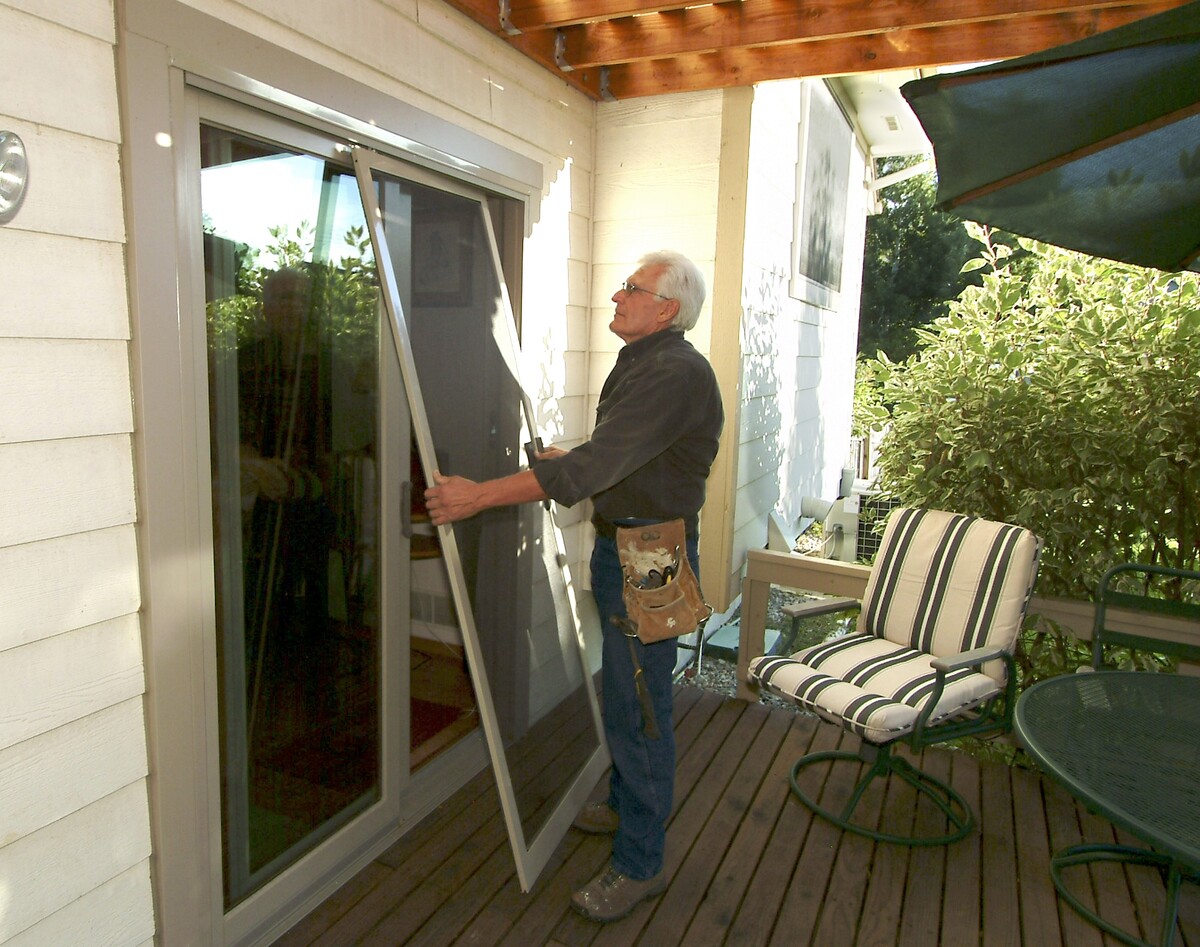
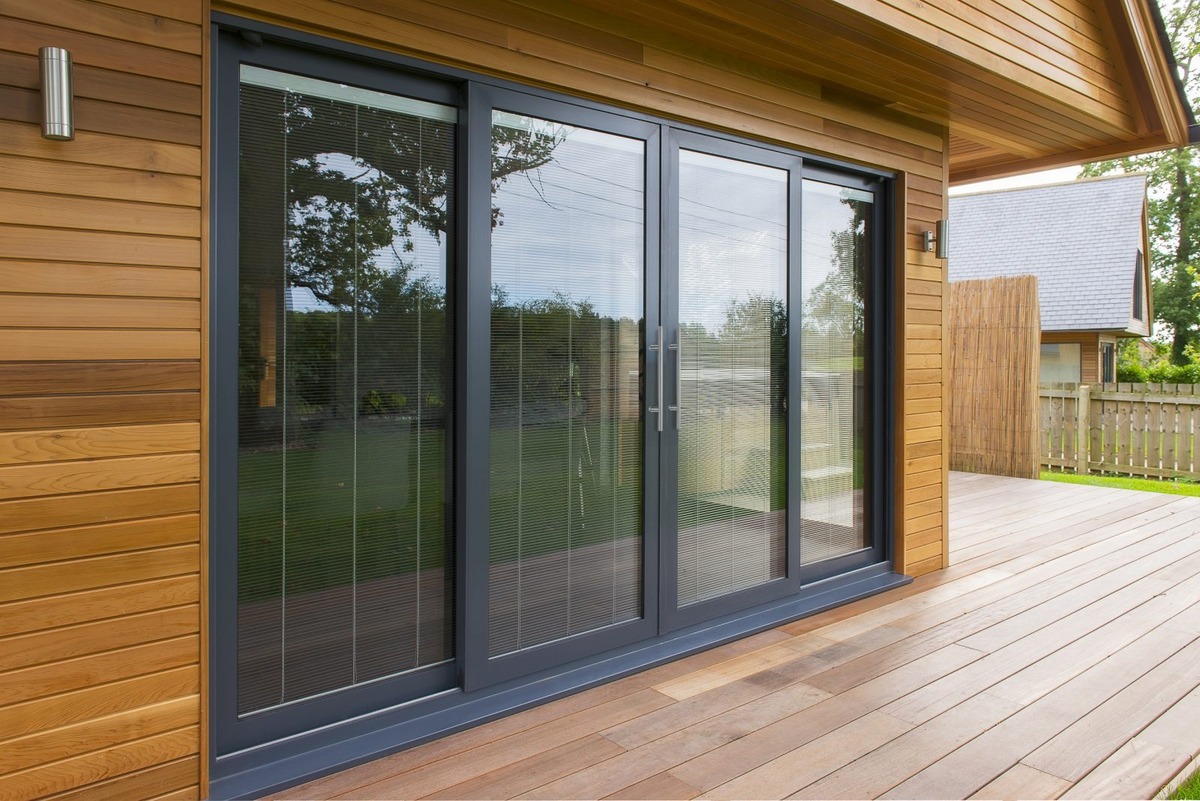
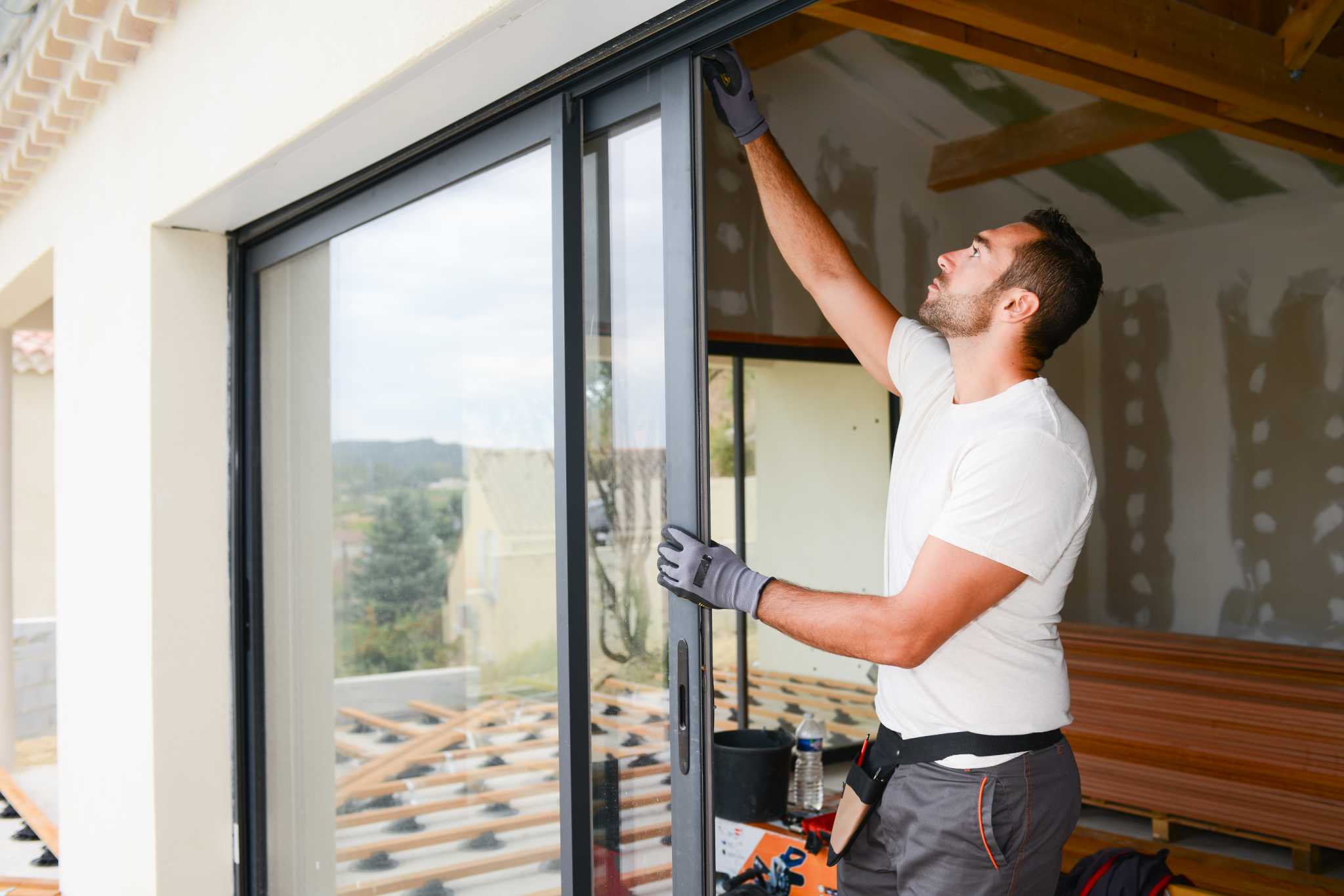
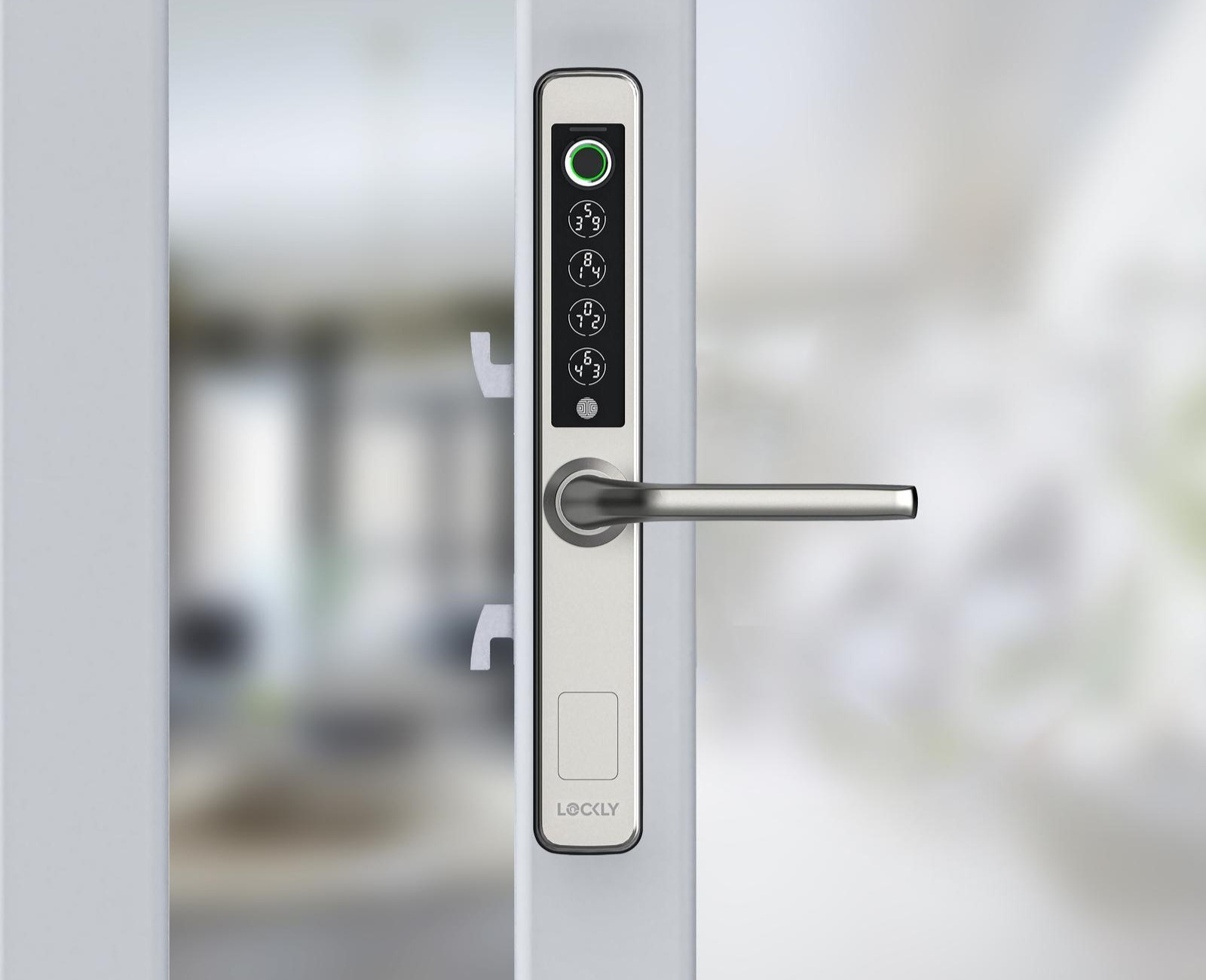
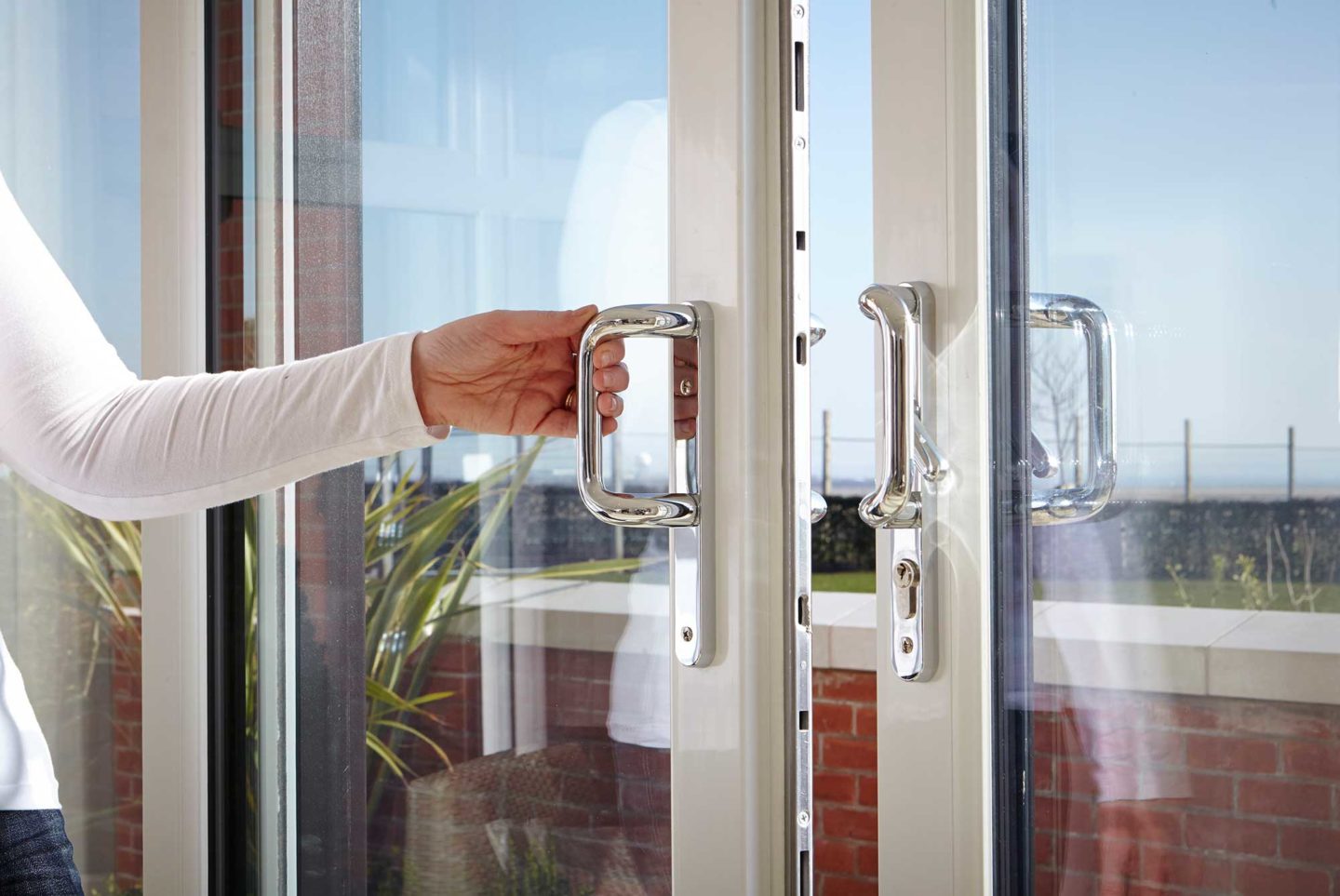
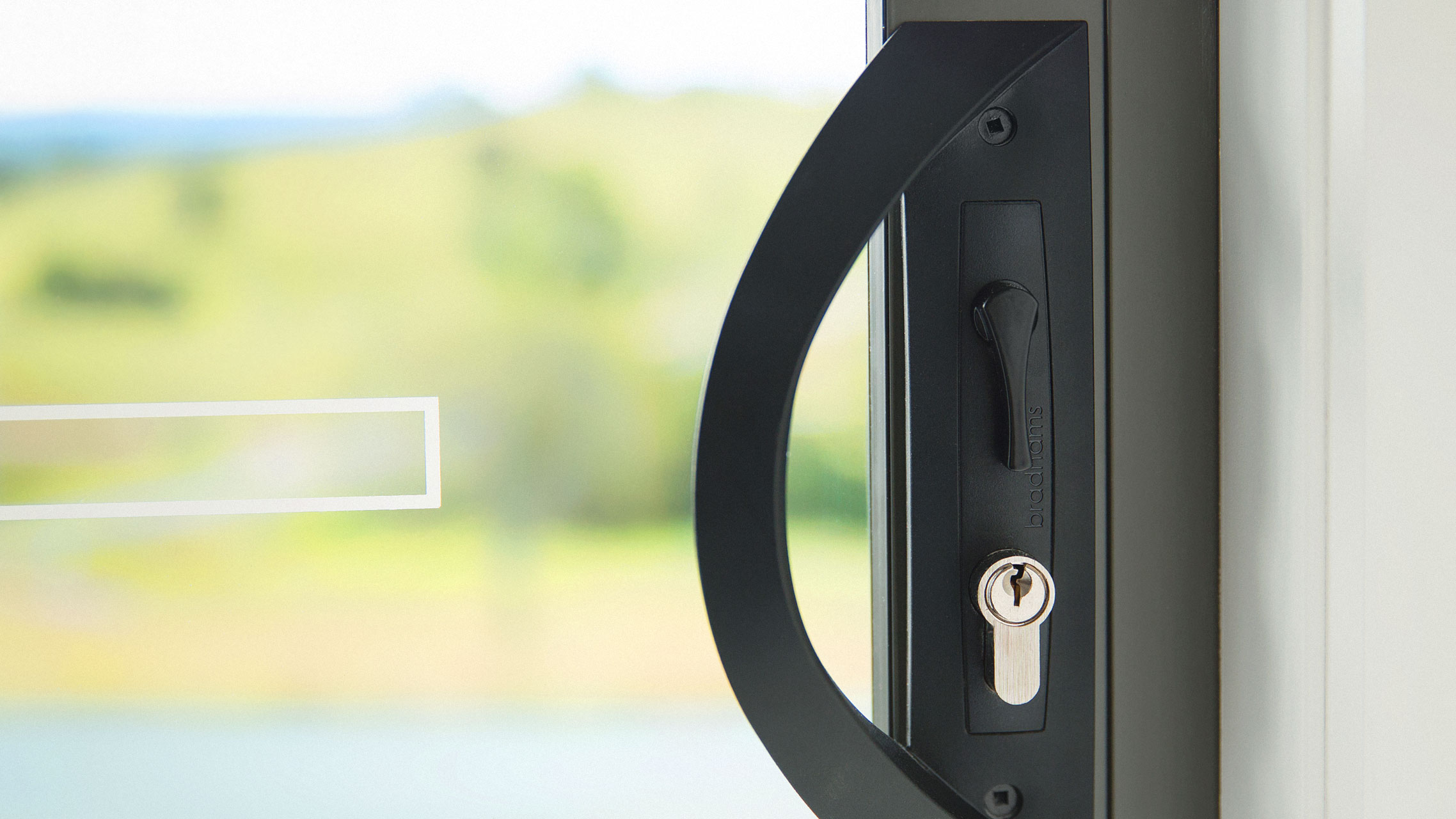
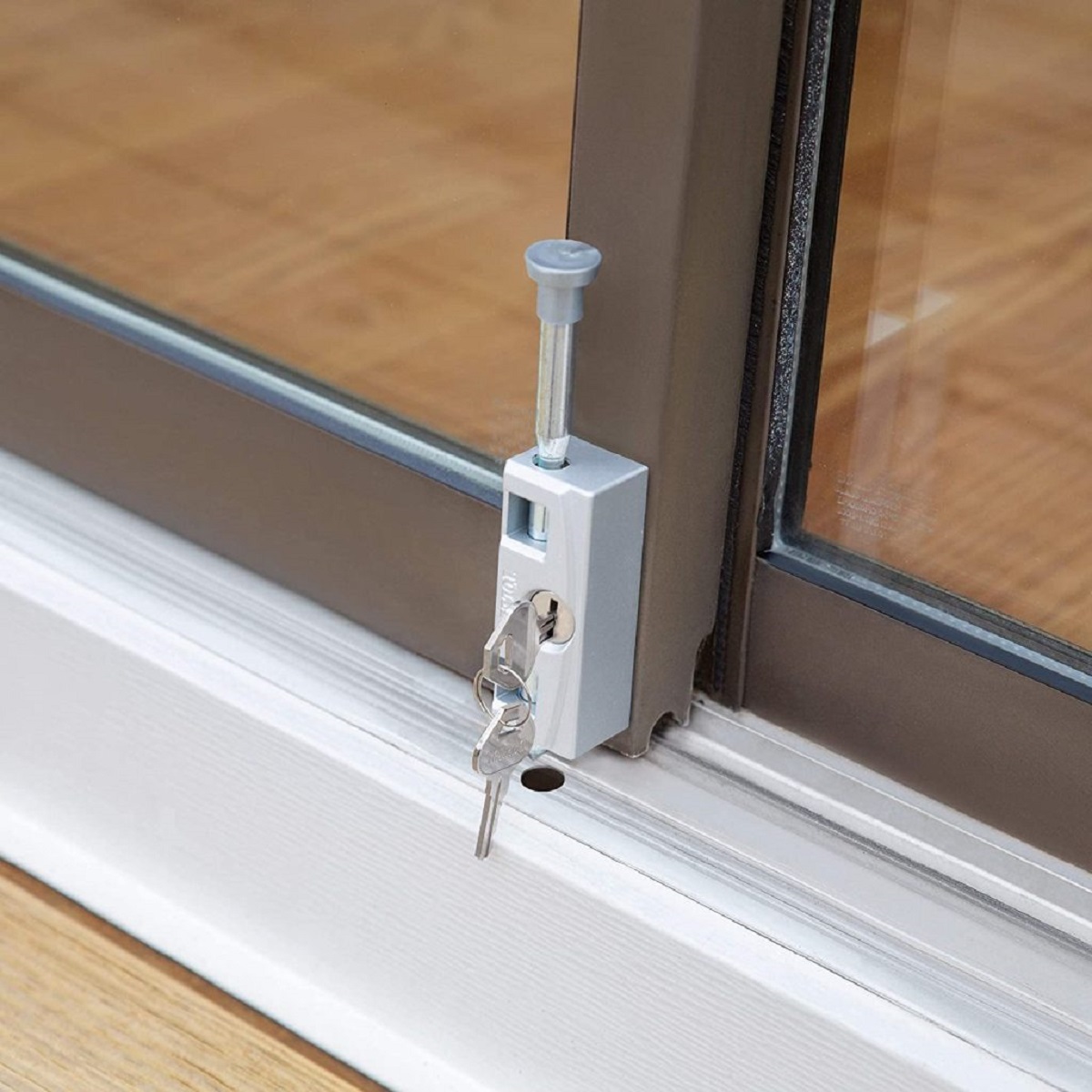
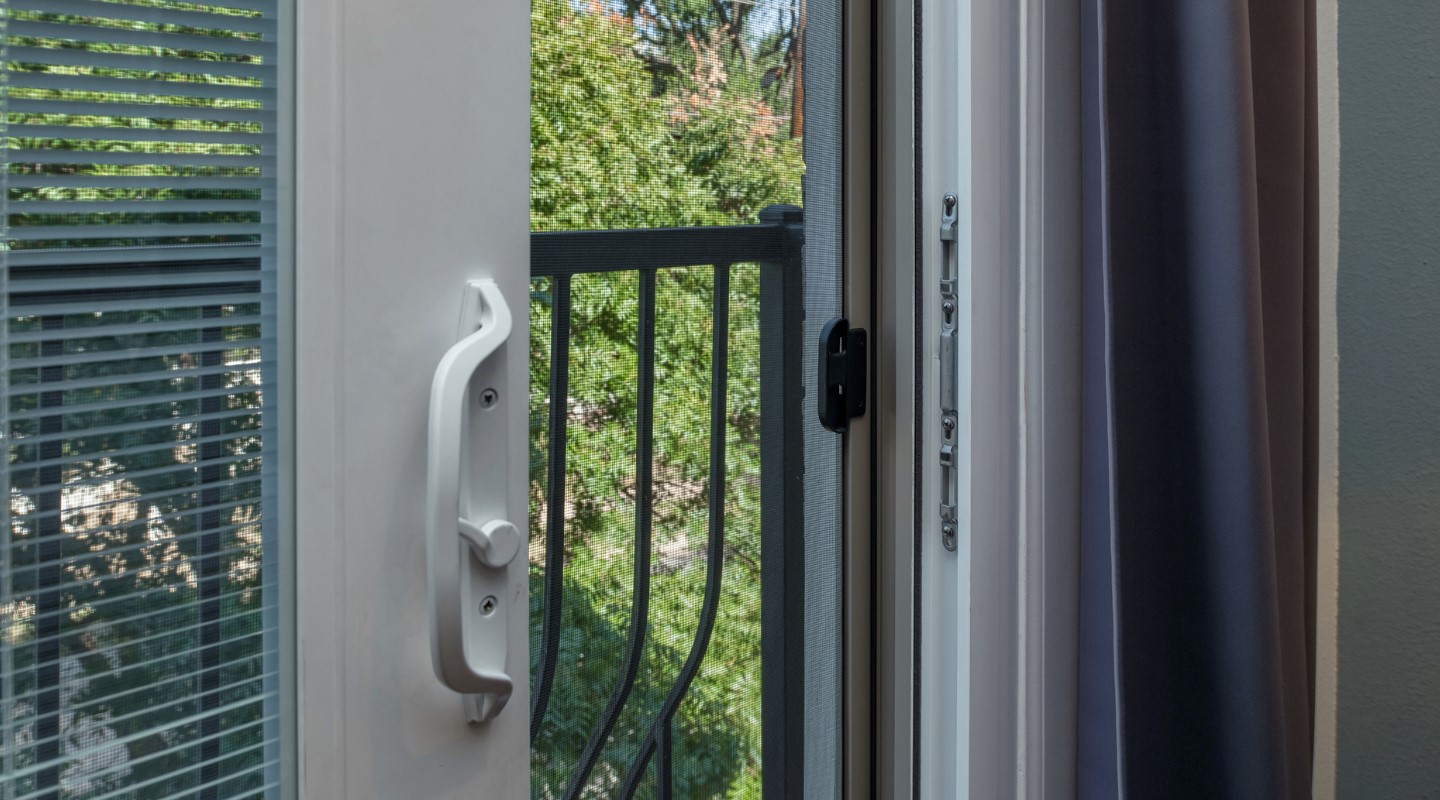
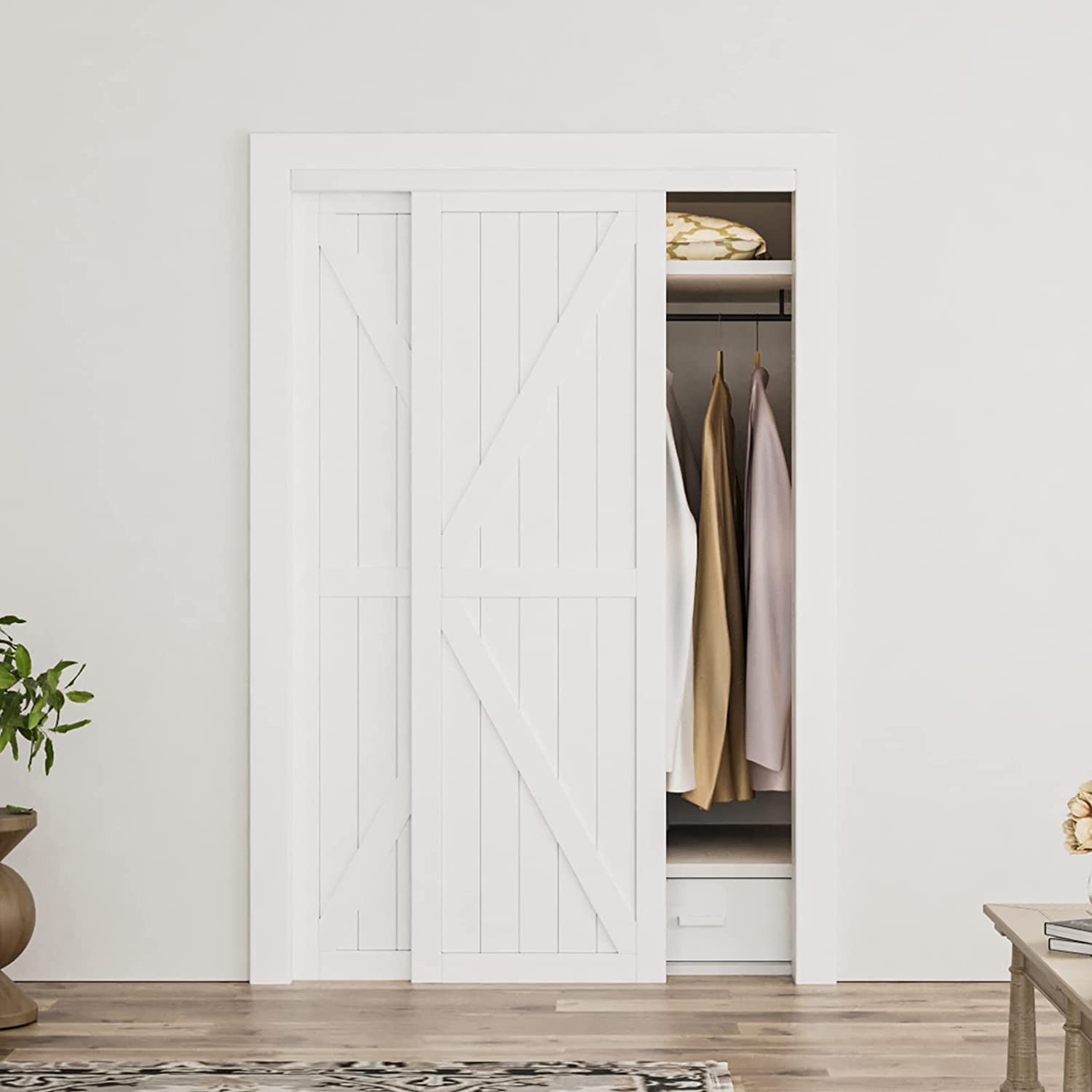

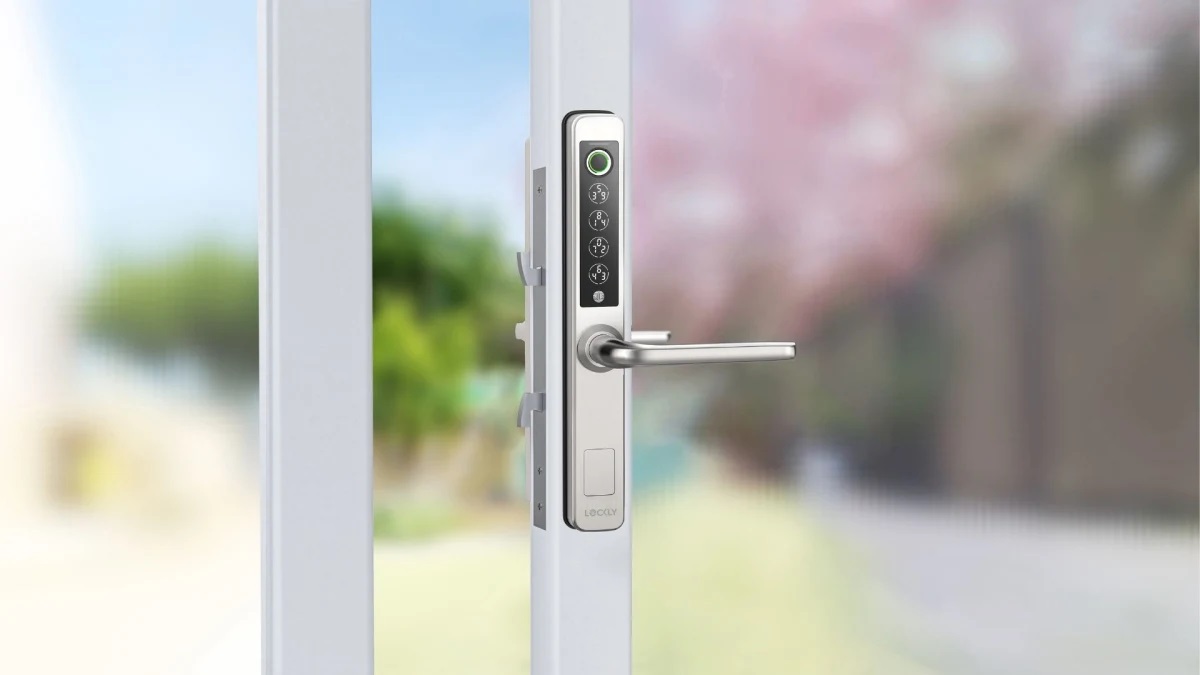
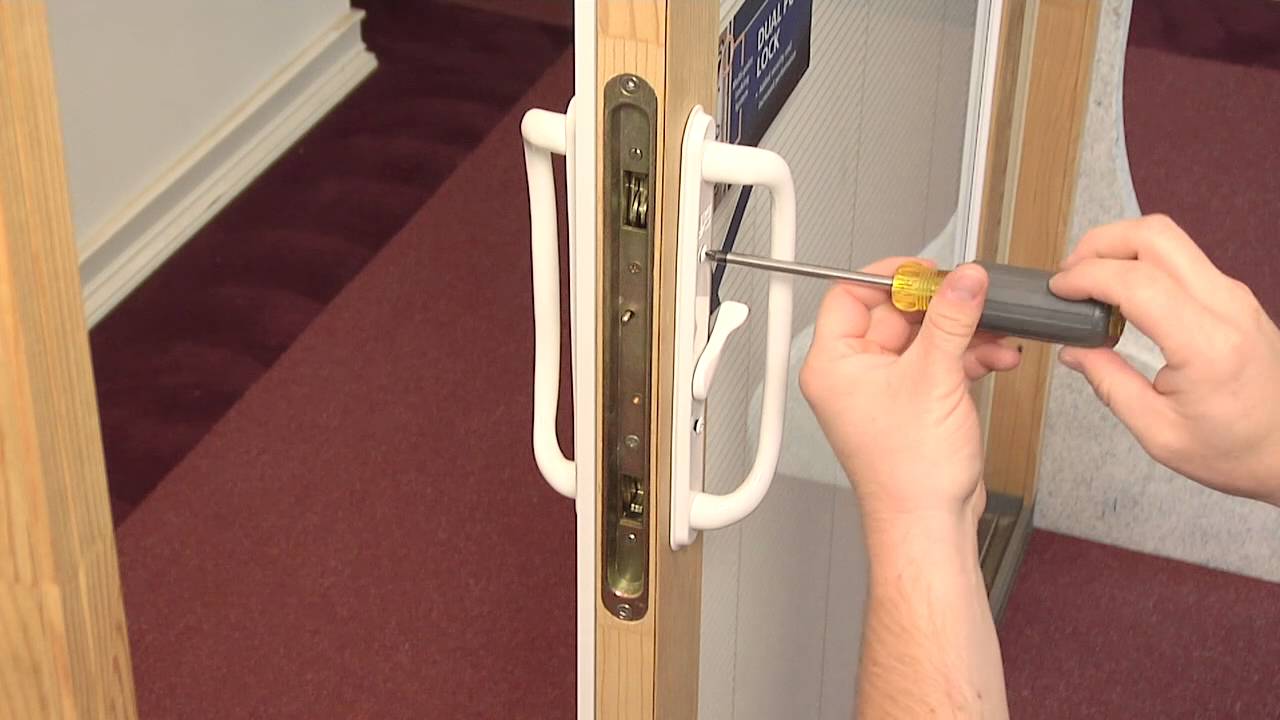


0 thoughts on “How To Replace A Sliding Patio Door Lock”